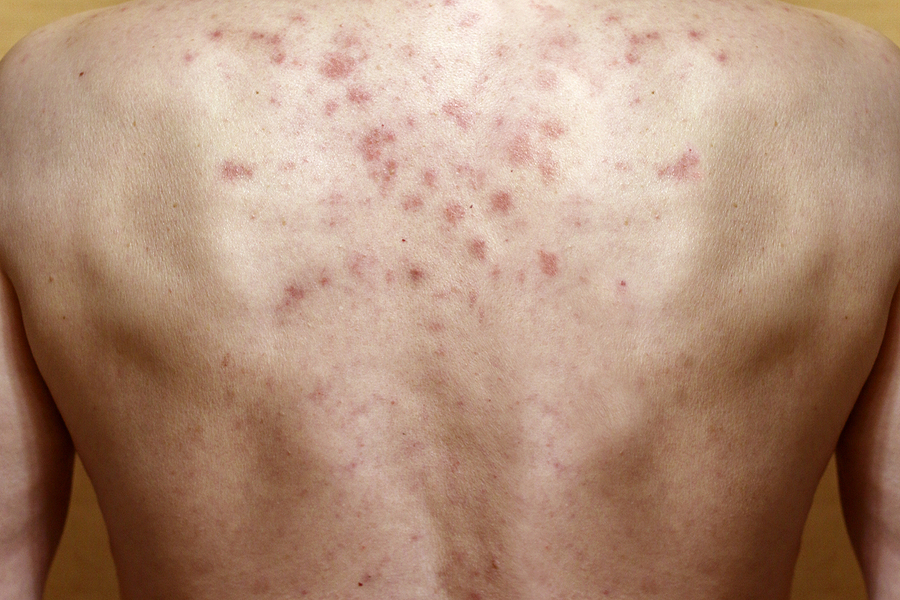
Your skin is your body’s largest organ. Its purpose is to keep your body safe from illness. In some cases, the skin becomes infected. Skin infections are caused by various bacteria, with symptoms ranging from minor to severe.
Mild conditions can be treated with over-the-counter drugs and home treatments. However, more severe infections may necessitate medical attention. Continue reading to learn more about skin infections and what to do if you have one.
What are the different types of skin infections?
The four forms of skin infections are as follows:
- Skin infections caused by bacteria
Bacterial skin infections frequently begin as tiny, red pimples that gradually grow in size. Some bacterial infections are mild and treatable with topical antibiotics, but others necessitate an oral antibiotic.
- Skin infection caused by parasites
A parasite causes these forms of skin illnesses. These infections can spread beyond the skin to the bloodstream and organs. Parasite infection is not fatal, but it is unpleasant.
- Skin viral infections
A virus causes viral skin infections. These infections range in severity from moderate to severe.
- Skin diseases caused by fungi
These skin infections are caused by fungi and are most common in moist parts of the body, such as the foot or armpit. Some fungal infections are not contagious, and they are usually not life-threatening.
How can you know if you have a skin infection?
A thorough medical examination is the most effective technique to establish what is causing a skin illness. Doctors can frequently identify skin infections based on their appearance and location.
Your doctor may inquire about your symptoms and perform a thorough examination of any lumps, rashes, or lesions. Ringworm, for example, frequently generates a unique circular, scaly rash. In some circumstances, a skin cell sample might assist your doctor in determining the type of infection.
What is the treatment for a skin infection?
Treatment is determined by the etiology of the infection and its severity. Some viral skin infections may resolve within a few days or weeks.
Bacterial infections are frequently treated with topical or oral antibiotics given directly to the skin. If the bacterium strain is resistant to treatment, treating the disease in the hospital may necessitate intravenous antibiotics.
To treat a fungal skin infection, you can use over-the-counter antifungal sprays and lotions. If your symptoms do not improve, consult your doctor about prescription oral or topical treatments.
Additionally, you can treat parasite skin infections with medicinal creams applied to your skin. Your doctor may also advise you to use anti-inflammatory medications to alleviate your discomfort.
Proper cleanliness is one of the most effective ways to avoid skin diseases in the community, schools, and daycare settings.
- Wash your hands frequently and thoroughly.
- Scrapes, scratches, wounds, and insect bites should be washed immediately.
- Items such as towels, razors, bar soap, clothes, and toys should not be shared.
- Skin-to-skin contact with somebody who has a skin infection should be avoided.
- After the area has been cleaned and dried, apply a bandage to any skin infections.
- Any shared toys, bedding, or changing tables should be cleaned.
- After changing dressings, wear gloves and wash your hands.
- Put the bandages and gloves in the trash.
